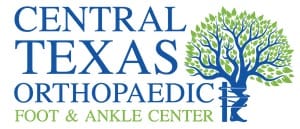Degenerative Diseases
Most Common Degenerative Diseases
We treat a wide range of degenerative diseases that affect the foot, ankle, and leg.
Contact us today to make an appointment!
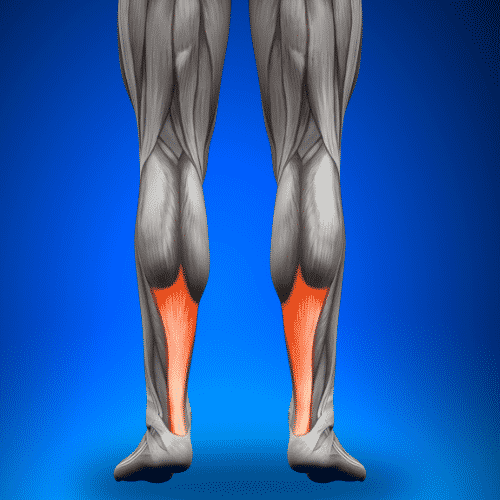
Achilles Tendinitis
Achilles tendinitis occurs when the tendon that connects the back of your leg to your heel becomes swollen and painful near the bottom of the foot. This tendon is called the Achilles tendon. It allows you to push your foot down. You use your Achilles tendon when walking, running, and jumping.
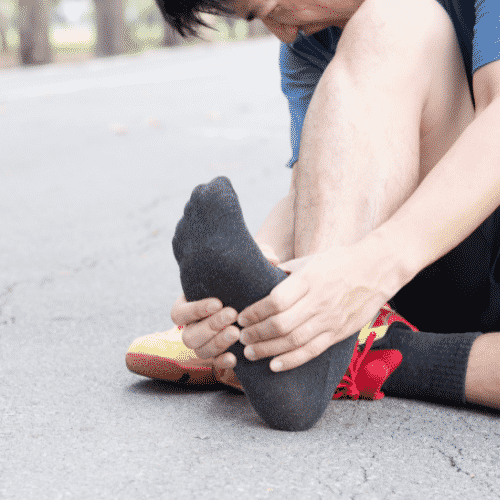
Plantar Fasciitis
Plantar fasciitis refers to inflammation of the plantar fascia, a thick band of tissue that lies at the bottom of the foot. It runs from the heel bone to the toe and forms the arch of your foot. Plantar fasciitis is one of the most common causes of heel pain.
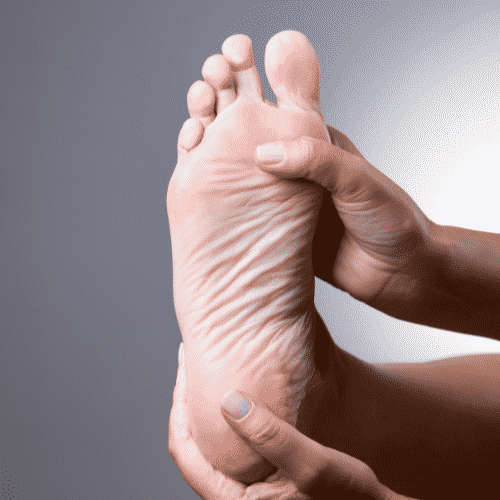
Acquired Flat Foot
Posterior tibial tendon dysfunction, also known as adult acquired flatfoot deformity, is a common cause of pain and flattening of the arch of the foot. It tends to occur with age. Tendinitis or dysfunction is caused by repetitive irritation that occurs with walking and weight bearing. It usually occurs in one foot, but it can develop in both feet.
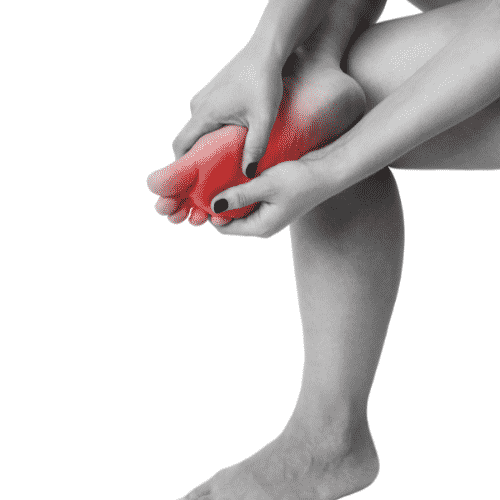
Flexible Flat Feet
Flexible flatfoot is one of the most common types of flatfoot. It typically begins in childhood or adolescence and continues into adulthood. It usually occurs in both feet and progresses in severity throughout the adult years. As the deformity worsens, the soft tissues of the arch may stretch or tear and can become inflamed.
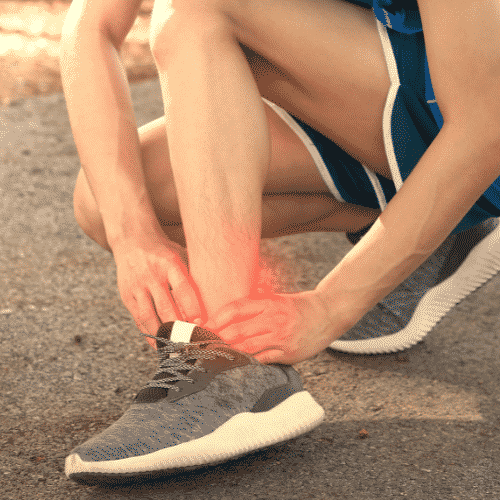
Ankle Impingement
Ankle impingement occurs when either soft or bony tissues are compressed within the ankle joint at the extreme end of a motion, such as pointing the foot sharply downward.
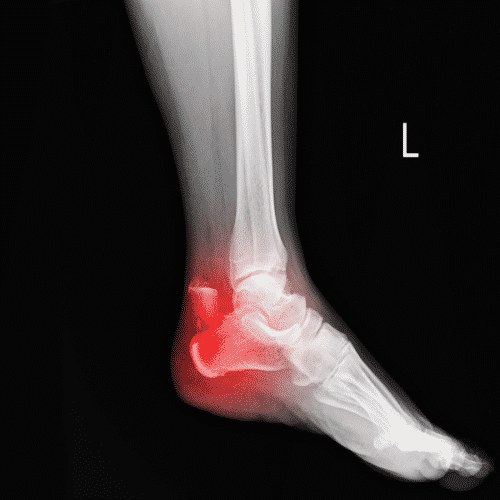
Os Trigonum Syndrome
The os trigonum is an extra (accessory) bone that sometimes develops behind the ankle bone (talus). Os trigonum syndrome is usually triggered by an injury, such as an ankle sprain. The syndrome is also frequently caused by repeated downward pointing of the toes
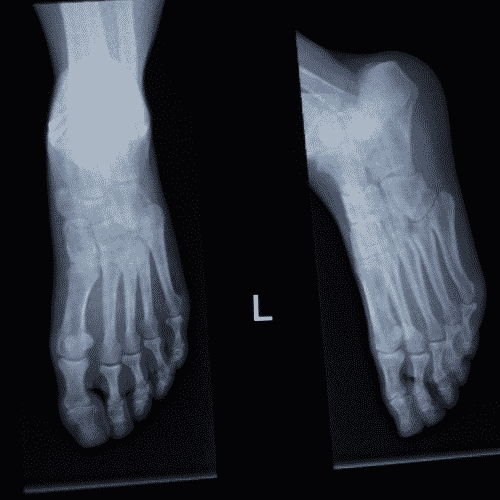
Os Peroneum Syndrome
Os peroneus syndrome can be of a chronic nature or result from acute trauma such as an inversion injury. Pain is present at the area and there is often tearing or damage to the surrounding peroneus longus tendon.
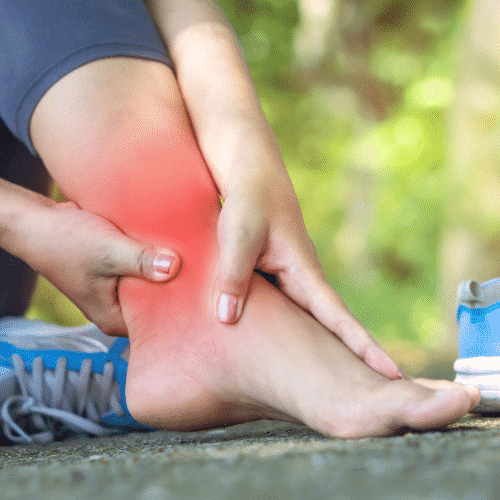
Ankle Arthritis
Ankle arthritis occurs when there is a breakdown of cartilage in the ankle joint. It can result from a variety of causes, including trauma (such as a car accident), autoimmune diseases (such as rheumatoid arthritis) or infection. In most cases, ankle arthritis is due to the degeneration of the cartilage from an old injury.
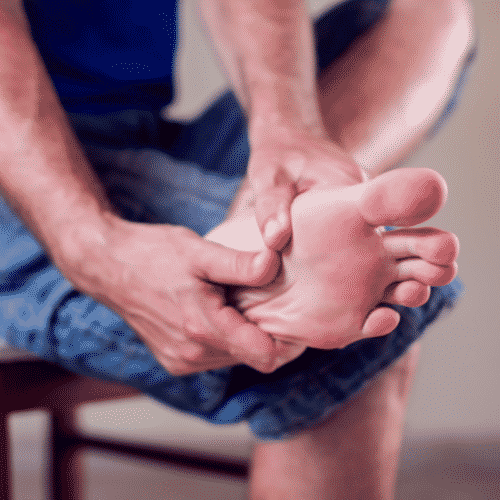
Midfoot Arthritis
The foot has 26 bones and more than 30 joints. Tough bands of tissue called ligaments hold these together. The muscles, tendons, and ligaments work together with the many joints of the foot to control motion. When you get arthritis in the foot, you develop pain and limited motion so that you cannot walk as well.
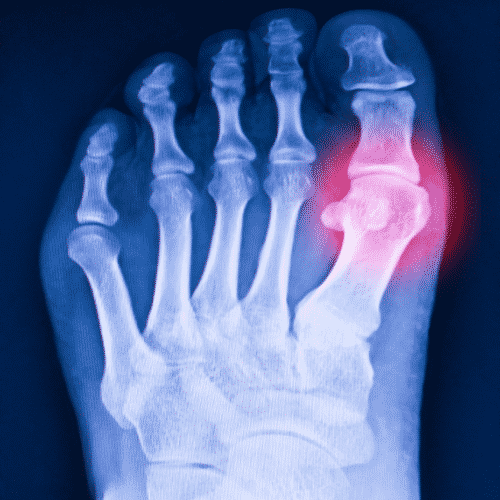
Hallus Rigidus (Big Toe Arthritis)
Hallux rigidus means “stiff big toe” which the main symptom of the disorder. Hallux rigidus is a type of degenerative arthritis, a common type of arthritis. It’s sometimes called “big toe arthritis.”
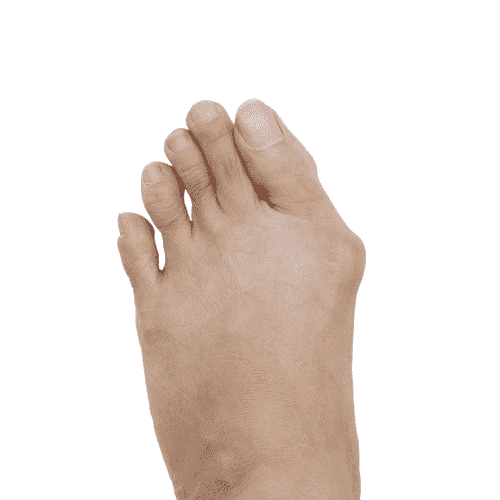
Hallux Valgus (Bunion)
Hallux valgus or bunion is the most common foot deformity. A bunion is a bump that forms on the outside of the big toe. This foot deformity occurs from years of pressure on the big toe joint (the metatarsophalangeal or MTP joint). Eventually, the toe joint gets out of alignment, and a bony bump forms.
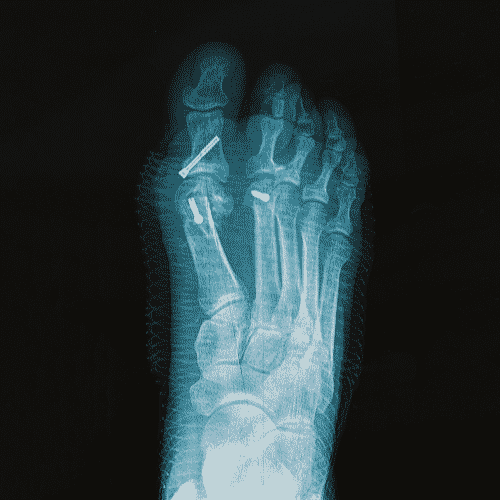
Hallux Varus
Hallux varus occurs when the big toe angles away from the second toe. This can cause the big toe to rub against the inside of shoes which makes finding comfortable shoes very difficult. The most common cause of hallux varus is failed bunion surgery.
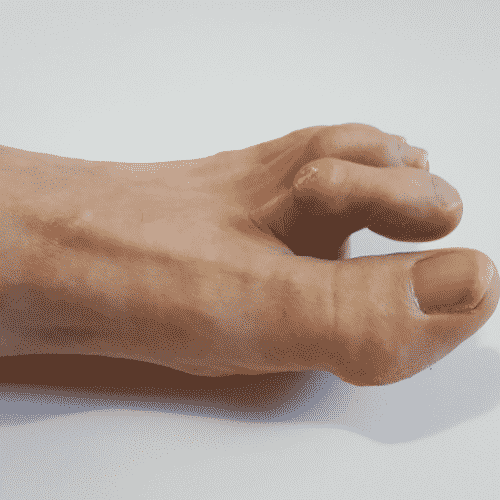
Hammer Toe
A hammer toe is a deformity of the second, third or fourth toes. In this condition, the toe is bent at the middle joint, so that it resembles a hammer. Initially, hammer toes are flexible and can be corrected with simple measures but, if left untreated, they can become fixed and require surgery.
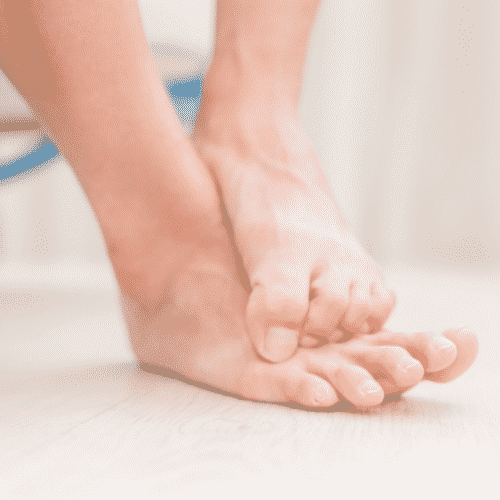
Claw Toes
Claw toe is a common foot deformity in which your toes bend into a claw-like position, digging down into the soles of your shoes and creating painful calluses.
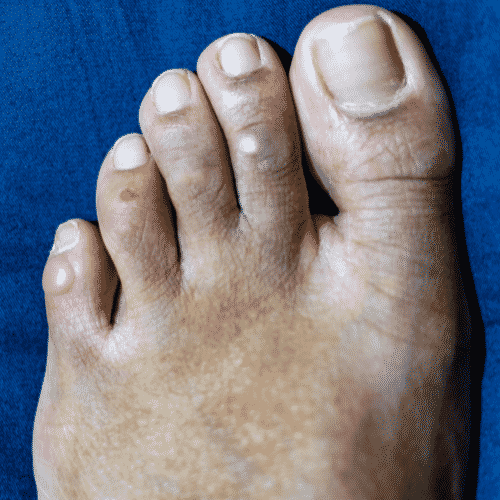
Bunionette
A bunionette is a prominence of the fifth metatarsal bone where it meets the bone of the little toe. It is often associated with the little toe tuning inward. Bunionettes are similar to bunions, which are protrusions that occur on the inside of the foot below the big toe.
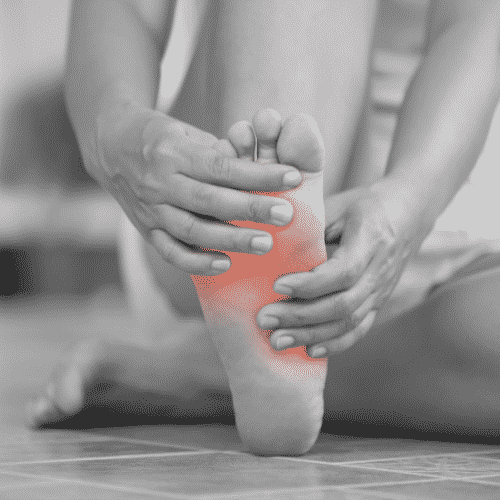
Morton’s Neuroma
Morton’s neuroma is a benign but painful condition that affects the ball of the foot. It’s also called an intermetatarsal neuroma because it’s located in the ball of the foot between your metatarsal bones. It happens when the tissue around a nerve that leads to a toe thickens from irritation or compression.
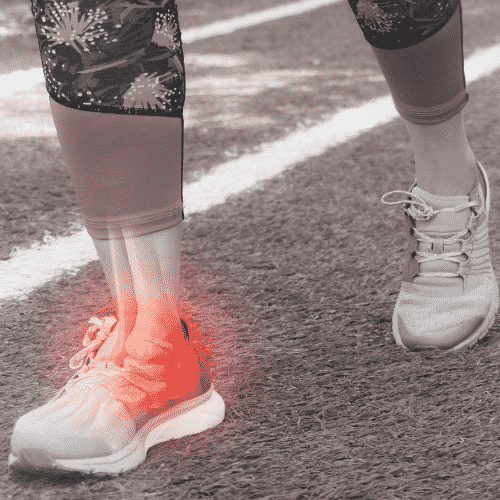
Tarsal Tunnel Syndrome
Tarsal tunnel syndrome is a compression, or squeezing, on the posterior tibial nerve that produces symptoms anywhere along the path of the nerve running from the inside of the ankle into the foot. Tarsal tunnel syndrome is similar to carpal tunnel syndrome, which occurs in the wrist.
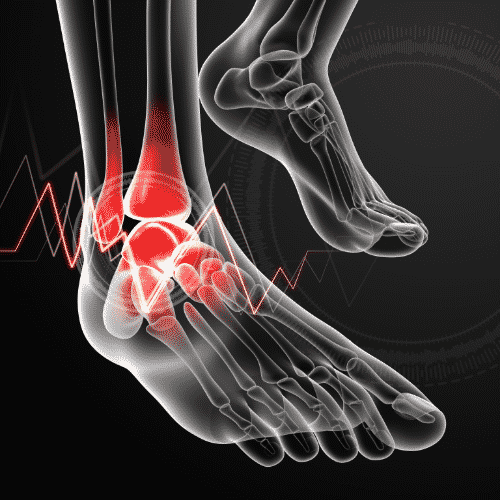
Sinus Tarsi Syndrome
The sinus tarsi is a tube or tunnel between the talus and the calcaneus bones. Sinus tarsi syndrome is pain or injury to this area. Some characteristics of Sinus Tarsi Sydrome are pain at the anterior lateral side of the ankle and a feeling of instability or difficulty walking on unstable surfaces.
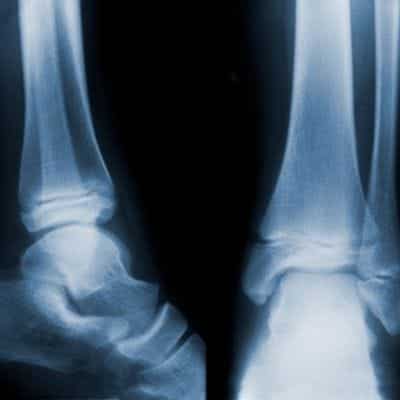
Osteochondral Lesion
An osteochondral lesion is a defect in the cartilage of a joint and the bone underneath. Cartilage is a connective tissue that covers the bones between joints. When there is a break, tear, separation, or disruption of the cartilage that could be referred to as an osteochondral lesion. The bone right underneath the cartilage will also be injured.
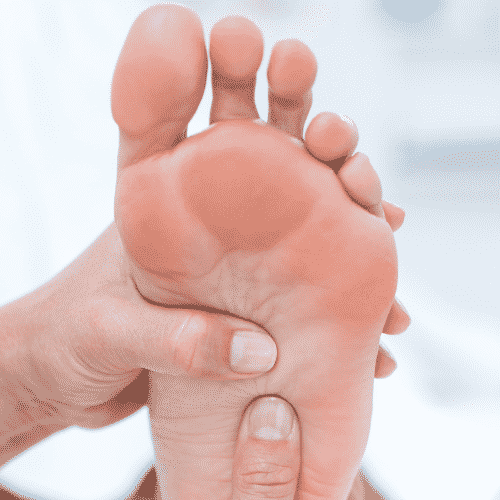
Foot Drop
Foot drop, sometimes called drop foot, is a general term for difficulty lifting the front part of the foot. If you have foot drop, the front of your foot might drag on the ground when you walk.
